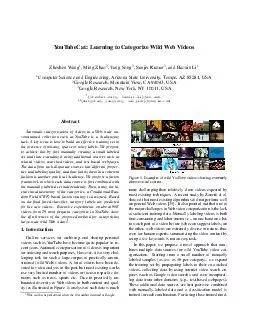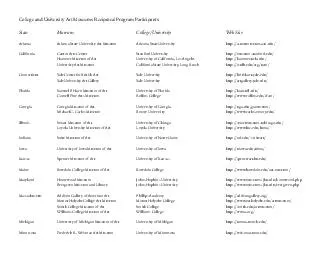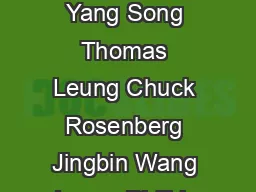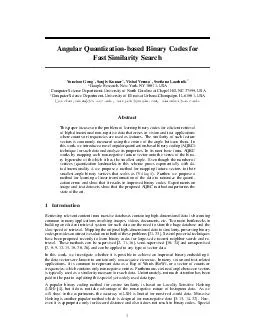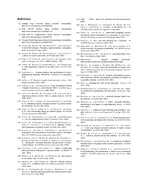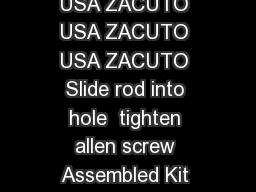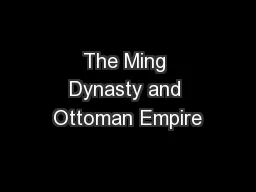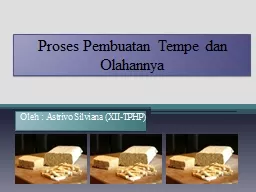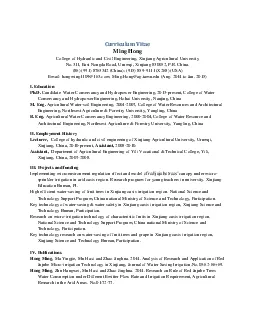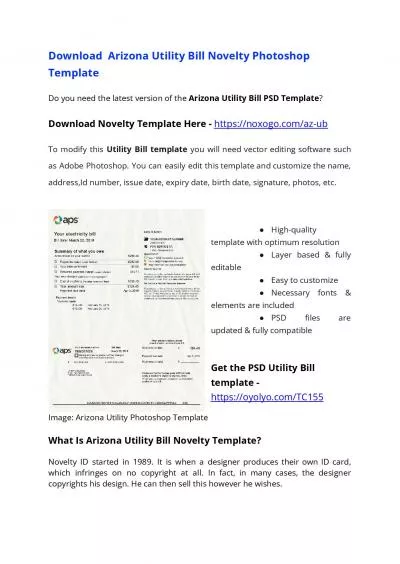PDF-YouTubeCat Learning to Categorize Wild Web Videos Zheshen Wang Ming Zhao Yang Song
Author : lindy-dunigan | Published Date : 2015-03-03
wang baoxinli asuedu 23 mingzhao yangsong sanjivk googlecom Abstract Automatic categorization of videos in a Webscale un constrained collection such as YouTube is
Presentation Embed Code
Download Presentation
Download Presentation The PPT/PDF document "YouTubeCat Learning to Categorize Wild W..." is the property of its rightful owner. Permission is granted to download and print the materials on this website for personal, non-commercial use only, and to display it on your personal computer provided you do not modify the materials and that you retain all copyright notices contained in the materials. By downloading content from our website, you accept the terms of this agreement.
YouTubeCat Learning to Categorize Wild Web Videos Zheshen Wang Ming Zhao Yang Song : Transcript
Download Rules Of Document
"YouTubeCat Learning to Categorize Wild Web Videos Zheshen Wang Ming Zhao Yang Song "The content belongs to its owner. You may download and print it for personal use, without modification, and keep all copyright notices. By downloading, you agree to these terms.
Related Documents

